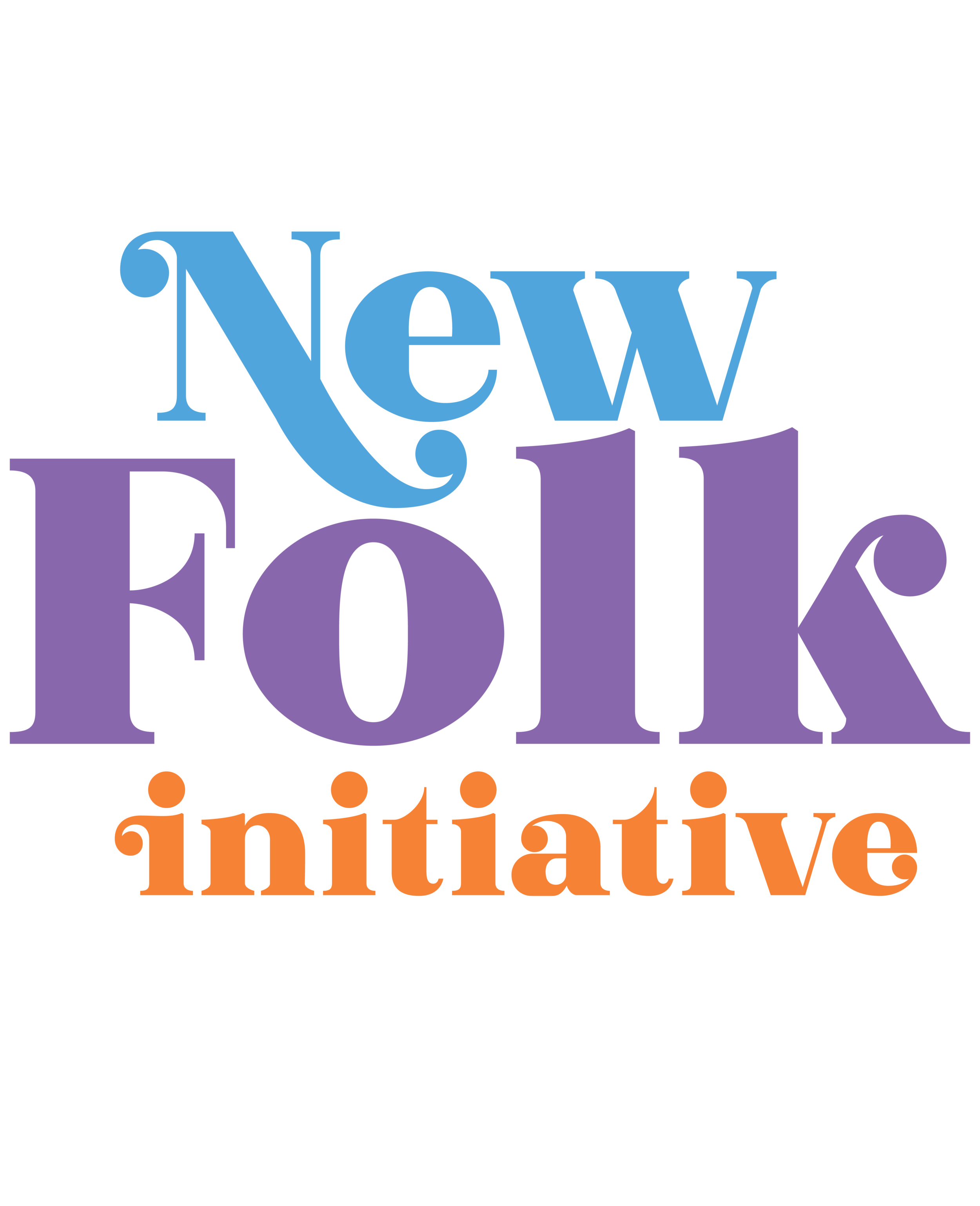Review: American Utopia
Almost two years ago to the day, I had the good fortune to witness David Byrne’s American Utopia at the Hudson Theatre. David laced selections from Talking Heads and his solo career between wry stage patter, and the music and movement of the multi-cultural ensemble just blew me away. Despite getting packed houses, it had to close in February, 2020, but promised a new run that September. The pandemic changed those plans, but thankfully the show is back on Broadway and once again not to be missed.
It’s essentially the same production as before, with a few changes. It’s now at the St. James Theatre, a somewhat larger space than the Hudson, but still relatively intimate. (Classic musicals, including Oklahoma!, The King and I, The Who’s Tommy, and The Producers, have played there.) There’s now a front curtain designed by the illustrator and author Maira Kalman, who collaborated with David on the book version of American Utopia, with whimsical drawings of musicians and dancers and the names of American cities. It certainly puts you in the right mood for what follows.
As before, the show opens with David alone at a desk with a model of the human brain, explaining that biologically its potential peaks when we’re babies and goes down from there. (That potential may be tested during the evening.) The performers come on a few at a time, until the ensemble of a dozen musicians and dancers is complete. Like a combination of a marching band and a John Doyle musical production (e.g., Sweeney Todd) where all the actors also play instruments, the distinctive choreography by Annie-B Parson keeps the performers, including Byrne, constantly moving.
If you saw the movie version, directed by Spike Lee, you got the idea. The lighting design, by Rob Sinclair, adds depth and interest to the bare stage. The ensemble is the same from the original production, and the order of songs, as far as I could tell, is pretty identical. You’ve got Talking Heads favorites like “Once in a Lifetime” along with selections from Byrne’s solo career, like “Everybody’s Coming to My House.” “Burning Down the House” still gets everybody dancing and indeed brings down the house. The song was performed at the Tony Awards in September, along with a recognition of the special Tony Award for the show.
Immediately following that thrilling climax, the show segues to “Hell You Talmbout,” the Janelle Monae song which lists many tragic victims of racial violence, with the demand, “Say their names!” In the wake of the Black Lives Matter movement, that song has even more resonance than before. Byrne acknowledges that there have been changes in the intervening 20 months. Not only has the country changed, “I’ve changed,” he says.
That recognition and sincerity is the main difference in the stage patter. The acapella vocals that lead into “One Fine Day” are more welcoming. Byrne notes that the great Black author James Baldwin said that he still believed in America’s potential, in spite of the oppression and discrimination he faced. The hope for humanity that Byrne expressed two years ago is even more urgent now. American Utopia remains an exhilarating ride, but even more heartfelt and uplifting. As the ensemble wends its way through the encore, singing, “We’re on a road to nowhere,” I couldn’t miss the refrain, “but it’s alright.”
photo by Mathew Murphy
